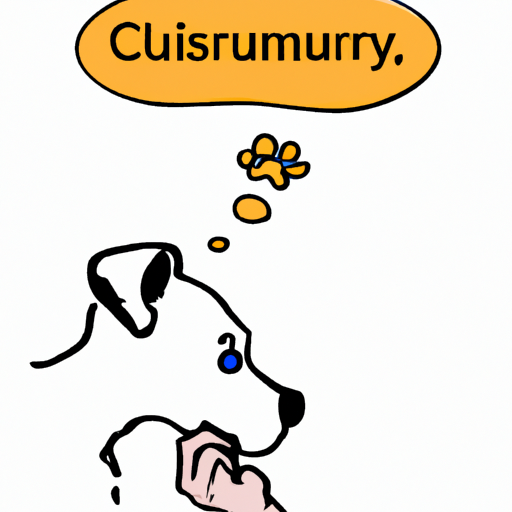Have you ever wondered why your canine friend loves to lick your hand? It’s a common behavior among dogs of all breeds and ages, but why do they do it? Is it a sign of affection, or is there a deeper meaning behind it? In this comprehensive guide, we delve into the reasons behind this intriguing canine behavior, the significance it carries, and how you as a caregiver can interpret and respond to it.
Table of Contents
- The Science Behind Dogs Licking Hands
- Reasons for Dogs Licking Hands
- Sign of Affection
- Seeking Attention
- Taste
- Submission and Respect
- When Hand Licking Might be a Problem
- How to Discourage Excessive Licking
- Frequently Asked Questions
The Science Behind Dogs Licking Hands
Dogs licking hands is a behavior deeply rooted in their evolution and psychology. From a young age, puppies will lick their mother’s mouth as a way of communicating hunger. This behavior is observed in wild canids like wolves and foxes too, where the young ones will lick the faces of adults to stimulate regurgitation of food.
According to VCA Hospitals, licking also releases pleasurable endorphins which gives dogs a sense of comfort and pleasure, making this behavior more prevalent.
Reasons for Dogs Licking Hands
Sign of Affection
Just as humans express their affection through hugs and kisses, dogs show their love by licking. When your dog licks your hand, it may be their way of showing you love and affection. It’s a bonding behavior that fosters a sense of companionship and trust between you and your furry friend.
Seeking Attention
Sometimes, dogs lick to catch your attention. Maybe they want to play, or they’re hungry, or maybe they just want a bit of your time. By licking your hand, they’re essentially trying to communicate their needs to you.
Taste
Believe it or not, your skin tastes good to your dog! The salts and oils on your skin can be appealing to your dog’s palate. That’s why you might notice your dog licking your hand more intensely after a workout or a meal.
Submission and Respect
In the wild, subordinate wolves will often lick the dominant wolf’s mouth as a sign of submission and respect. When your dog licks your hand, it could be their way of showing you that they acknowledge your authority and respect you.
When Hand Licking Might Be a Problem
While it’s generally harmless, excessive licking can sometimes be a sign of underlying health issues. According to the American Kennel Club, compulsive licking can be a sign of anxiety, allergies, or other medical problems. If you notice your dog persistently licking your hand or themselves, it’s best to consult a vet.
How to Discourage Excessive Licking
- Ignore the behavior: If your dog licks your hand for attention, ignoring them can discourage the behavior over time.
- Redirect their attention: Engage them in a different activity like fetching a ball or going for a walk.
- Use a taste deterrent: Apply a safe but unpleasant-tasting substance on your skin to discourage licking.
- Training: Train your dog to understand commands like “stop” or “no” when they start to lick.
Frequently Asked Questions
-
Is it safe for a dog to lick your hand?
Yes, it’s generally safe, but make sure your hand is clean and free from harmful substances that your dog might ingest. -
Why does my dog lick my hand excessively?
Excessive licking can be a sign of anxiety, allergies, or other health issues. If it’s a persistent behavior, consult your vet. -
How can I stop my dog from licking my hand?
You can discourage this behavior by ignoring it, redirecting their attention, using a taste deterrent, or through training.
In conclusion, dogs lick hands for various reasons, most of which are benign and a part of their natural behavior. However, excessive licking can be a sign of underlying health issues, so it’s important to keep an eye on your dog’s behavior and consult a vet if needed. For more insights on dog behavior, visit OneTopDog, a treasure trove of information for dog parents. Also, check out their articles on dog’s sense of smell, how dogs communicate, and why dogs wag their tails to understand your furry friend better. Remember, understanding your dog’s behavior is the first step in providing them with the care they need.



